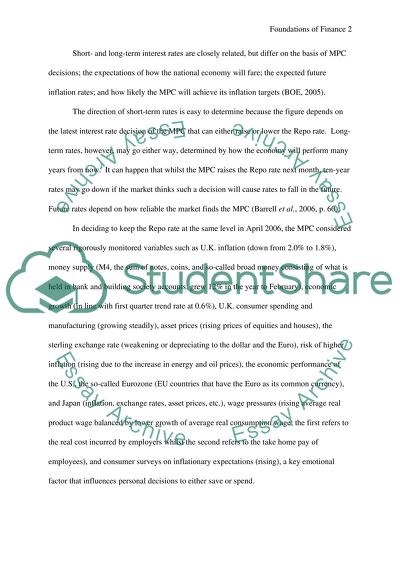Cite this document
(The Monetary Policy Committee of the Bank of England - The Repo Rate Case Study, n.d.)
The Monetary Policy Committee of the Bank of England - The Repo Rate Case Study. Retrieved from https://studentshare.org/finance-accounting/1501541-foundations-of-finance-and-investment
The Monetary Policy Committee of the Bank of England - The Repo Rate Case Study. Retrieved from https://studentshare.org/finance-accounting/1501541-foundations-of-finance-and-investment
(The Monetary Policy Committee of the Bank of England - The Repo Rate Case Study)
The Monetary Policy Committee of the Bank of England - The Repo Rate Case Study. https://studentshare.org/finance-accounting/1501541-foundations-of-finance-and-investment.
The Monetary Policy Committee of the Bank of England - The Repo Rate Case Study. https://studentshare.org/finance-accounting/1501541-foundations-of-finance-and-investment.
“The Monetary Policy Committee of the Bank of England - The Repo Rate Case Study”, n.d. https://studentshare.org/finance-accounting/1501541-foundations-of-finance-and-investment.


